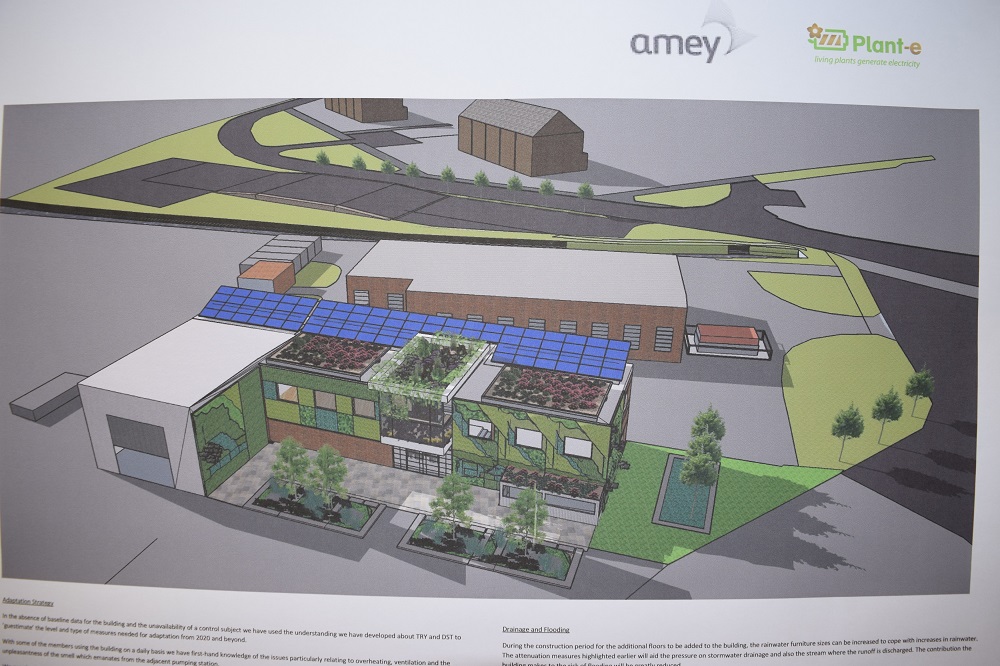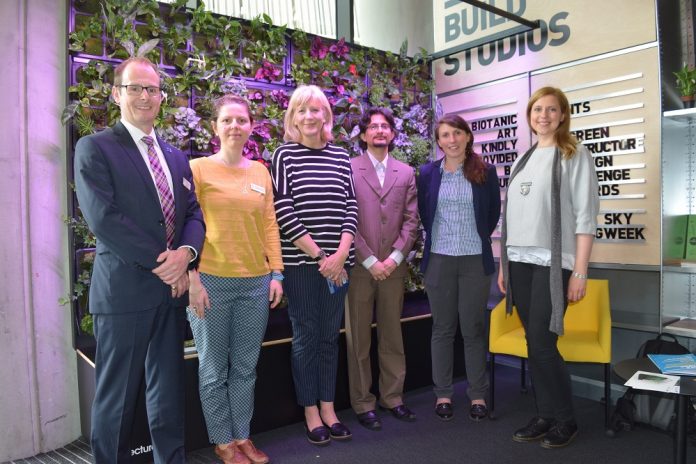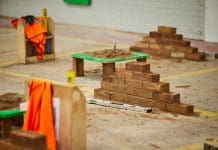The CIBSE and ARCC Network awarded the second Green Infrastructure Challenge to a busy waste recycling centre in Slough for its design
Chalvey Recycling Centre in Slough has been awarded the second Green Infrastructure Challenge. The design saw the busy facility transformed into a green oasis.
The Green Infrastructure Challenge is organised by the Chartered Institution of Building Services Engineers (CIBSE) and the ARCC Network. It aims to change how built environment professionals think about green infrastructure. With a focus on improving indoor air quality, resilience to climate change, and staff productivity, the competition invited teams to showcase their designs. Winners were revealed during Open City’s Green Sky Thinking Week, held at Build Studios, London.
Green infrastructure
Chalvey Recycling Centre incorporated many green infrastructure methods to win the competition. Led by Louise Handley of environmental services company Amey, the team successfully demonstrated ambitious plans to remodel the centre. This included improving energy efficiency and reducing the flood risk.
Measures were also undertaken to reduce overheating in the building, which dates back to the 1980s, and to improve air quality.

Amey focused on a redesign of the premises. This comprised of utilising ‘living walls’ to shade the building from the sun and cool the building internally in the summer while retaining heat in the winter.
Wellbeing of the building’s occupants was also taken into account and a number of measures were incorporated to improve this such as reducing wind speed and encouraging engagement with greenery.
The plans also included changes to the external environment. Rain gardens will prevent the overloading of a nearby stream and reduce flood risk. This will also act as a windbreak while providing higher air quality and natural shading.
Handley said: “This design challenge was a felicitous opportunity for us to experiment with ideas for improving the existing offices, whilst considering how future development of the building and site could incorporate GI measures and new technology, such as the Plant-e products, as new or retrofitted elements.
“We have enjoyed taking part and are delighted to be chosen as the winners.”
Deependra Pourel, Bernadette Widjaja and Karan Patel from the University of Westminster were awarded runner-up status. The team applied the scientific principles of green infrastructure to the Clarence Building at London South Bank University. This included modelling the effects of changes such as green roofs, living walls and green ceilings.














